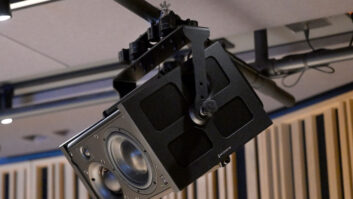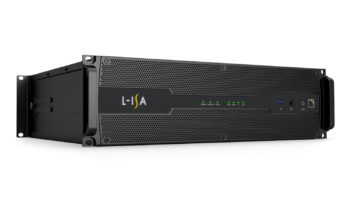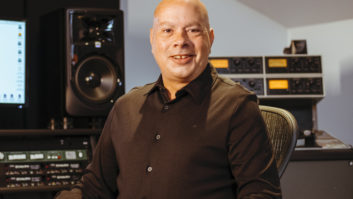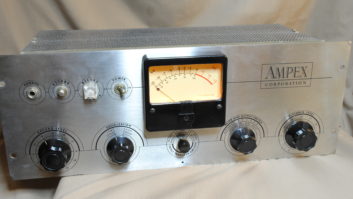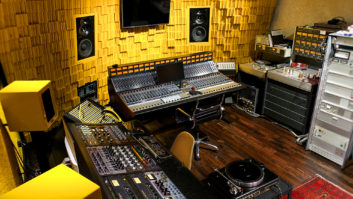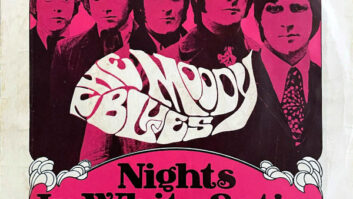Restoration of vintage discs and removing clicks, pops, crackles and hiss from historical recordings is no picnic. However, beyond all of those formidable tasks, there are a few hidden pitfalls to be aware of, and one of them is playing the record at the correct speed.
It’s a little-known fact that record labels adopted a number of “standard” speeds for 78 rpm discs that ranged from 71.29 to 80 rpm. In fact, the standard for “modern” 78s (spanning the period from the mid-1920s through the 1950s) was actually 78.26 rather than 78.00 rpm. Play an early Victor disc (intended for 71.29 rpm playback) on a typical modern turntable and the pitch change is nearly +10% (approximately 160 cents sharp) — over a step and a half! I cringe whenever I hear a 78 reissue where the engineers or producers didn’t bother to play back the disc at the right speed.
Here are some “standard” speeds that are used by various record labels: 71.29 rpm — Berliner, Zonaphone and early Victor; 76.59 rpm — Victor acoustic (through the mid-1920s); 80.00 rpm — acoustic Columbia, Edison, Pathé, Emerson, Brunswick and Okeh; and 78.26 rpm — the “electric” recording standard, eventually adopted by all labels from the mid-1920s onward. Early examples of electrically recorded discs included Victor’s “Orthophonic” and Columbia’s “Viva-Tonal” releases.
Now, a few words about the difference between “acoustic” and “electric” recordings. Originally, all recordings were made using the acoustic process: Audio signals entered a sound horn pointed at the source, and the vibrations within the horn would vibrate a diaphragm that was attached to a needle, which etched a groove in the wax-record master. The acoustic playback system was exactly the opposite: The groove in the disc caused a needle to vibrate, thus moving a diaphragm linked to a horn that acoustically amplified the sound. This acoustical amplification isn’t really much different from the big sound that is created by the tiny razz from a trumpeter’s lips.
In the early 1920s, the perceived (or actual) threat of competition from the fledgling radio industry sent record companies on a quest to improve disc quality. At that time, radio was low-fi at best, but record labels felt that they needed a competitive edge. The result was electric recording, which debuted in 1925 and marked as radical of a departure from the status quo as the analog vs. digital debates of recent years. Actually, the electric recording process was a two-fold revolution: Along with motor-driven record players (as opposed to the hand-cranked Victrolas) came the then-farfetched concept of using microphones, vacuum tube amplifiers and electrically driven disc cutters to capture and reproduce sounds.
True to form, many critics hated the electric process. They claimed the electric process brought out individual instruments, thus destroying the smooth ensemble sound of acoustic recordings; other detractors believed that this new technology sounded harsh and unnatural. (Don’t these comments sound familiar today?) Eventually, the acoustical recording proponents gave in and 78.26 rpm became the standard playback speed.
